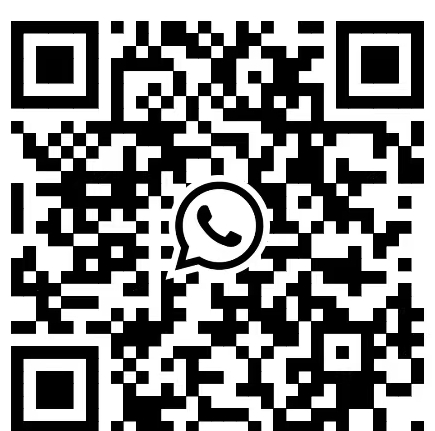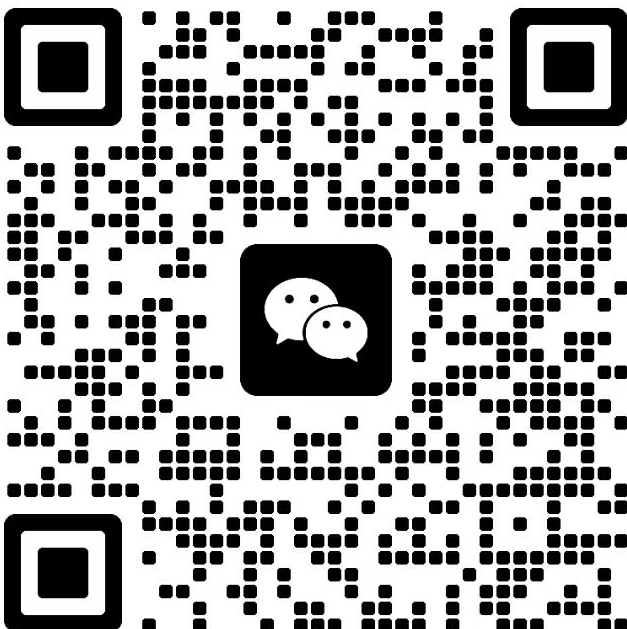The Meaning of Secondary Line Numbers in Distribution Cabinets
Secondary line numbers in distribution cabinets are numbering systems used to identify the connection relationships of wires in secondary circuits (control, protection, measurement, signal, etc.). Their core function is to **clarify the function, direction, and connection position of wires**, facilitating installation, debugging, maintenance, and fault troubleshooting. The following explains the meaning, coding rules, and applications of secondary line numbers:
I. Core Functions of Secondary Line Numbers**
1. **Unique Identification**: Each wire corresponds to a unique line number to avoid wiring confusion.
2. **Functional Positioning**: Determine the circuit to which the wire belongs (e.g., control circuit, signal circuit, voltage circuit) through the line number.
3. **Connection Traceability**: Quickly locate the devices and terminals connected to both ends of the wire, simplifying the maintenance process.
4. **Standardized Management**: Comply with national standards (such as GB/T 6988 *Preparation of Documents for Electrical Technology*) or industry specifications to ensure system consistency.
II. Composition and Coding Rules of Line Numbers**
Secondary line numbers typically consist of **circuit numbers**, **device numbers**, **terminal numbers**, and **functional identifiers**. There may be differences across industries (e.g., power, industrial automation, building electrical), but the following are general rules:
1. Circuit Numbers: Differentiating Functional Types**
Circuit nature is identified by numerical ranges, with common classifications:
- **Control Circuits**:
- DC control circuits: 101, 102, 103… (e.g., circuit breaker opening/closing control).
- AC control circuits: 1, 2, 3… or 101, 102… (e.g., contactor coil circuits).
- **Signal Circuits**: 701, 702, 703… (e.g., alarm and indicator light circuits).
- **Voltage Circuits**:
- AC voltage: 601, 602… (e.g., secondary circuits of voltage transformers).
- DC voltage: 201, 202… (e.g., operating power supply circuits).
- **Current Circuits**: 401, 402… (e.g., secondary circuits of current transformers, requiring wires with a cross-sectional area ≥2.5mm²).
- **Lighting/Heating Circuits**: 901, 902… (auxiliary function circuits).
**Examples**:
- The line number "105" may belong to the 5th wire in an AC control circuit.
- The line number "411" may belong to the 11th wire in the phase A current circuit.
2. Device Numbers: Locating Components**
Components in distribution cabinets are identified by letters + numbers, following the **circuit identification method** or **location identification method**:
- **Letter Codes** (common components):
- **K**: Relay (e.g., K1, K2);
- **KM**: Contactor;
- **KA**: Intermediate relay;
- **SB**: Push-button switch;
- **TA**: Current transformer;
- **TV**: Voltage transformer;
- **QF**: Circuit breaker;
- **FU**: Fuse;
- **HL**: Indicator light.
- **Numbering Rules**:
- Number components in the same circuit according to the action sequence (e.g., K1, K2, K3);
- Number by installation zone (e.g., zone A device A-K1, zone B device B-K1).
**Examples**:
- The line number "KM1-13" indicates terminal 13 of contactor KM1.
- The line number "SB2-NO" indicates the normally open contact terminal of push-button SB2.
3. Terminal Numbers: Clarifying Connection Points**
Identify the specific positions of device terminals, with the following rules:
- **Numeric Numbering**:
- Terminals of a single component: Numbered from left to right and top to bottom (e.g., terminals 1, 2, 3, 4 of relay K1).
- Terminals of combined components: Differentiated by numeric groups (e.g., 1-1, 1-2… of terminal block X1).
- **Special Identifiers**:
- **NO**: Normally Open;
- **NC**: Normally Closed;
- **COM**: Common terminal;
- **+**/**-**: Positive/negative poles of DC power supply.
**Examples**:
- The line number "K2-5" indicates terminal 5 of relay K2.
- The line number "QF-FA" indicates the auxiliary contact FA terminal of circuit breaker QF.
4. Functional Prefixes/Suffixes**
Some systems add functional identifiers to line numbers, such as:
- **U, V, W**: Three-phase AC circuits (e.g., U411, V411, W411 indicate phase A/B/C current circuits).
- **+KM, -KM**: Positive/negative poles of DC control power supply (e.g., +KM101, -KM102).
- **PE**: Protective earth (e.g., PE-100).
*III. Line Number Labeling Methods**
1. **Direct Printing**: Use a dedicated line number printer to print numbers on wire sleeves (e.g., PVC sleeves, heat-shrinkable tubes), which are durable and clear.
2. **Label Stickers**: Paste adhesive labels on both ends of wires, suitable for temporary or large-section wires.
3. **Color Coding**: Combine with wire colors to distinguish circuits (e.g., red for positive power supply, blue for negative power supply, yellow-green for earth).
IV. Analysis of Typical Line Number Examples**
| Line Number | Breakdown Explanation | Meaning and Purpose |
| 101 | Circuit number 101 (AC control circuit) | Positive power supply wire in control circuit |
| 102-KM1-2 | Circuit 102, terminal 2 of contactor KM1 | Negative wire connected to KM1 coil |
| 401-U | Current circuit 401, phase U (A phase) | Secondary circuit wire of current transformer in phase U |
| 703-HL1 | Signal circuit 703, indicator light HL1 | Power supply or control wire for HL1 |
| PE-01 | Protective earth (PE), terminal 1 | Cabinet grounding or device protective earth wire |
V. Precautions**
1. **Adherence to Standards**: Prioritize national standards such as GB/T 6988 and GB/T 5094.2, or internal corporate specifications.
2. **Uniqueness**: Avoid duplicate numbering within the same system to prevent confusion.
3. **Clarity**: Line numbers must be wear-resistant, waterproof, and consistently oriented (e.g., read from left to right).
4. **Logical Order**: Number by circuit function groups to facilitate understanding of circuit principles (e.g., number control circuits by action sequence).
VI. Application of Line Numbers in Fault Troubleshooting**
When a fault occurs in a distribution cabinet, line numbers can quickly locate issues:
1. **Trace Line Number Paths**: Find the devices connected to both ends of the wire based on the line number to check for poor contact or breaks.
2. **Compare with Drawings**: Check whether line numbers match the secondary schematic or wiring diagram to eliminate incorrect connections.
3. **Functional Testing**: Confirm circuit functions (e.g., control circuit, signal circuit) via line numbers and perform targeted measurements of voltage, continuity, etc.
Conclusion**
Secondary line numbers serve as the "language system" of distribution cabinets, transforming complex circuit connections into a recognizable symbolic system through standardized numbering rules. Mastering the meaning of line numbers not only improves installation efficiency but also enables rapid problem定位 during maintenance, making it a core skill for electrical engineers and electricians. In practice, it is essential to flexibly apply numbering rules in conjunction with the drawings and specifications of specific projects.


